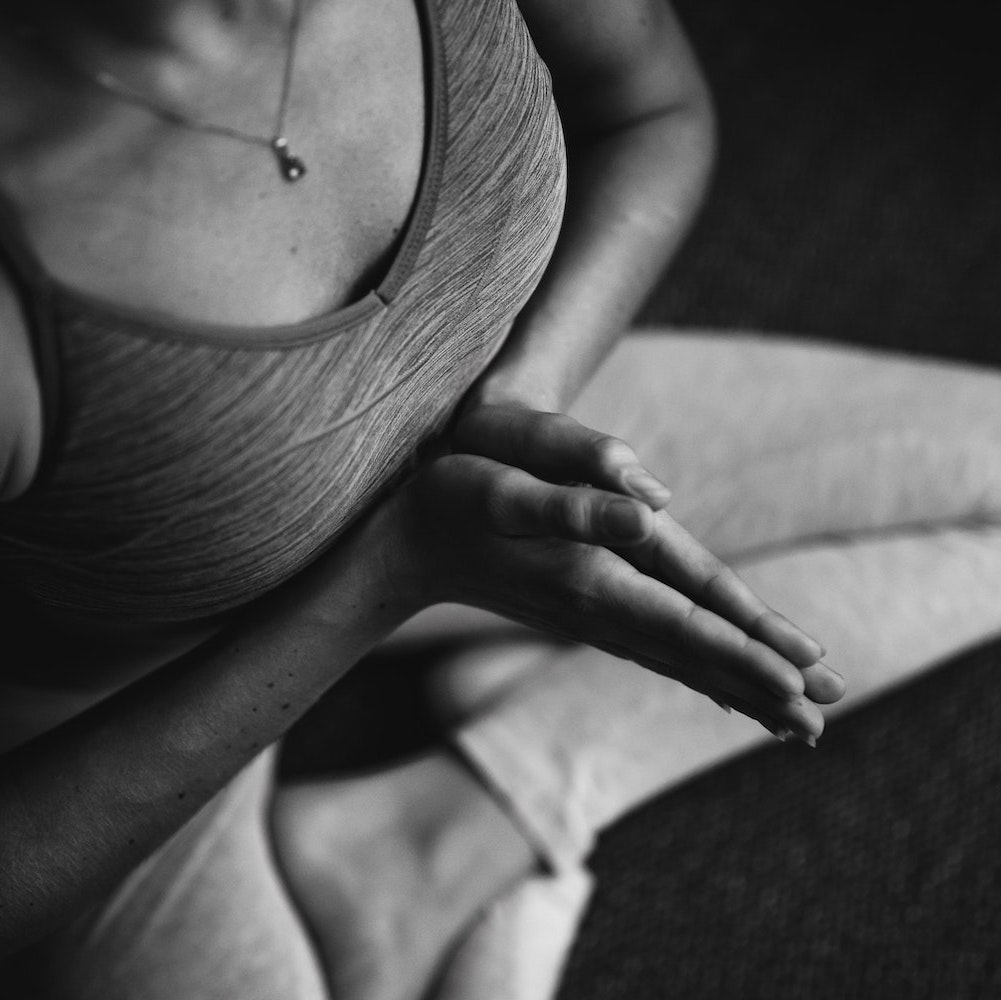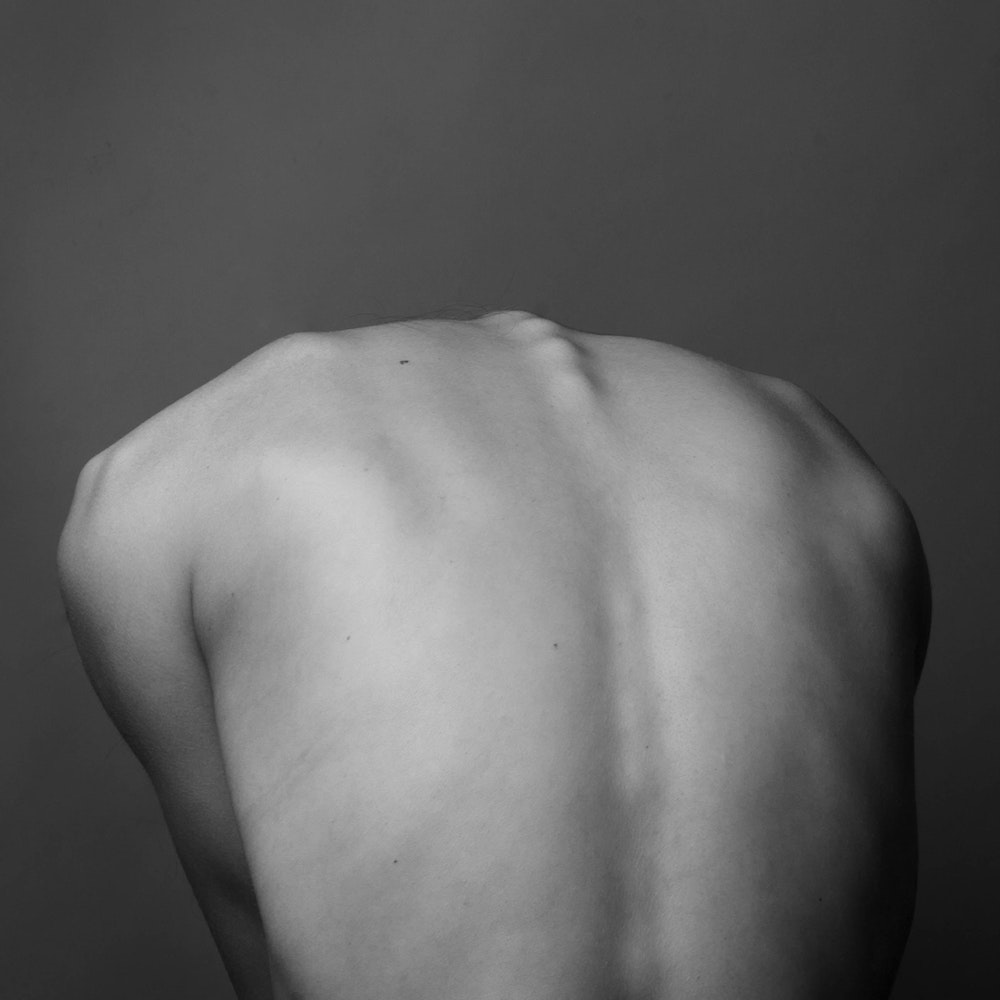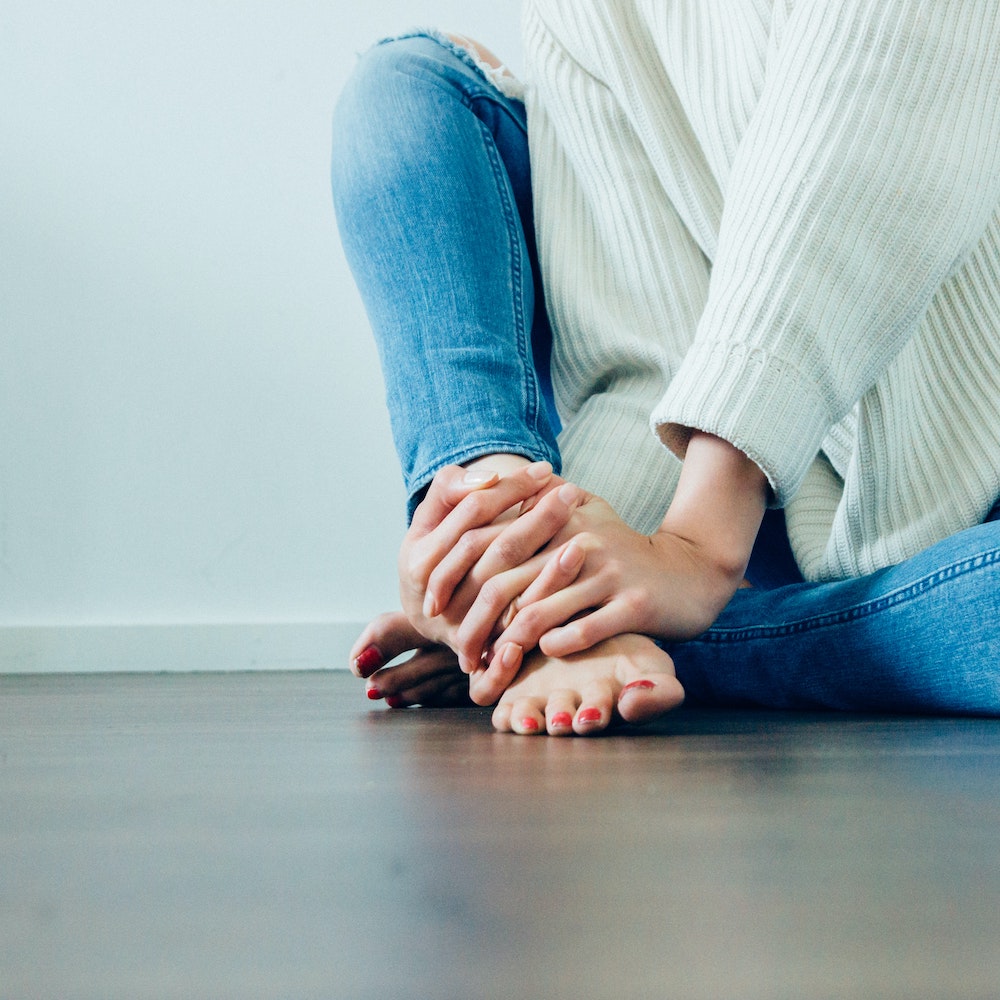EVERYTHING ABOUT
Joint health
Every week I am posting about everything you need to know about hormones. This weeks topic is about joint health
Did you know …
- A joint is the connection between 2 or more bones.
- There are approx. 360 joints in the body, some of them move like your knee joint and some of them don’t, like the sutures in your brain.
- Joint health is classified under musculoskeletal health / MSK health.
- Over 20 million people in the UK which is approx. 1/3 of the population live with a MSK problem, such as arthritis.
- Pain is one of the leading symptoms of MSK conditions.
- Fatigue, stiffness and loss of mobility and dexterity even depression being others.
- MSK affects how we move, think, sleep and feel, even our ability to work and spend time with loved ones.
- 11.6 million UK women have a MSK condition
- 8.7 million UK men have a MSK condition.
- MSK conditions affect people of all ages but become more common with increasing age.
- MSK conditions account for 1 in 7 GP consultations.
- Physical inactivity and obesity are the major key factors affecting MSK health.
- MSK ill health results in significant costs for individuals, employers and the health service.
- Treating the two most common forms of arthritis (osteoarthritis and rheumatoid arthritis) is estimated to have cost the economy £10.2 billion in direct costs to the NHS and wider healthcare system in 2017.
- Cumulatively the healthcare cost will reach £118.6 billion over the next decade.
- The cost of working days lost due to osteoarthritis and rheumatoid arthritis was estimated at £2.58 billion in 2017 rising to £3.43 billion by 2030.
- With a quarter of the population over 65 and the number of over 80’s doubling over the past 2 decades the incidence of joint and MSK conditions is significantly impacting the health of the nation.
- By 2030 it is predicted that there will be 17 million people in the UK with arthritis which will be 3 x the amount of cancers.
- In comparison 850,000 have dementia, 3.5 million have diabetes
- Joint pain is a very common problem with many possible causes, but it’s usually a result of injury or arthritis.
- Poor joint health and pain can be in just 1 joint or several.
- The knee joint is the most frequently damaged joint.
Meet Sally and get to know all about joint health
Intro
Joints 101
Difference between OA and RA
Prevention is better than cure
Joints 101
A joint is where two or more bones are joined together.
3 categories
- Fibrous joints – such as the skull are rigid and may have zero movements.
- Cartilaginous joints – such as the pelvis or the spine have very little movement.
- Synovial joints – make up about 80% of all joints in the body, such as the elbow, knee, hip, and shoulder and are all moveable.
Synovial Joints 101
Composed of
- Joint Capsule – connective tissue which surrounds the entire joint
- Synovial membrane – inner layer of the capsule that secretes lubrication, called the synovial fluid.
- Synovial Fluid – a slippery substance secreted by the synovial membrane, which allows for smooth joint motion. Contains hyaluronic acid, phospholipids, and proteins
- Hyaline Cartilage – slick, dense, shiny, glass like cartilage that covers the ends of bone, allowing bones to glide over one another, at the same time protecting direct bone contact against each other
- Meniscus Cartilage between bones acts as the internal shock absorber for your joints, such as in the knee. Meniscus don’t have their own blood supply gets nutrients from the synovial fluid.
- Ligaments – bands of connective tissue also called fascia that connect bone to bone and work with the joint capsule to prevent against an extreme or awkward motion.
- Tendons – connective tissue which connects muscle to bone and also aids in supporting the joint.
- Bursas – Fluid-filled sacs, called bursas, between bones, ligaments, or other nearby structures. They help cushion the friction in a joint.
Types
- Ball and socket joint – permits movement in all directions, such as shoulder and hip joint.
- Hinge joint – like a door, opening and closing in one direction, such as elbow and knee joint.
- Condyloid joint – allows movement, but no rotation, such as finger joints and jaw.
- Pivot joint – also called the rotary joint, such as the joints between your ulna and radius bones that rotate your forearm, and the joint between the first and second vertebrae in your neck.
- Gliding joint – also called the plane join, such as the wrist joint.
- Saddle joint – enable movement back and forth and side to side, such as the thumb joint.
Arthritis 101
- Arthritis is not a single disease.
- It is a term referring to joint pain or joint disease of multiple causes.
- People of all ages, sexes and races can and do have arthritis.
- It is the leading cause of disability worldwide.
- There are more than 100 types of arthritis related conditions.
- For optimal treatment diagnosis of the type and cause is key.
2 main types of Arthritis
- osteoarthritis (OA)
- rheumatoid arthritis (RA).
Osteoarthritis – OA
- Is a degenerative condition, which means symptoms tend to worsen over time.
- Is the most common type of arthritis and is seen especially among older people.
- Mainly the result of wear and tear of the cartilage, which causes bones to rub together, leading to friction, damage, and inflammation, causes pain, swelling, and loss of motion in the joint.
- Can be a natural result or aging or is triggered by an injury to a joint, especially if unresolved.
Rheumatoid arthritis – RA
- Is an autoimmune disease with associated. inflammatory flares both in and outside joints.
- Is a systemic condition where the immune system attacks the tissues of the joints.
- Can involve other organs, such as heart, lungs, pain, swelling, stiffness, and loss of function in the joints are typical symptoms.
- Tiredness and fevers are other symptoms.
- Can cause permanent damage to the joints.
Other forms of Arthritis
Gout
- Is the build-up of uric acid crystals in the joints, most commonly in the big toe.
- Can be extremely painful.
- Juvenile arthritis.
- Arthritis in children referred to as juvenile idiopathic arthritis.
- Is spontaneous and the cause often unknown.
Septic arthritis
- Also known as infectious arthritis.
- Acute infectious arthritis – any age may be associated with rubella, mumps or hepatitis B infections.
- Chronic infectious arthritis – may be caused by fungi and fungi-like bacteria such as mycobacterium tuberculosis.
Reactive arthritis
- Can occur when an infection in one part of your body triggers immune system dysfunction and inflammation in a joint elsewhere in your body.
- The infection often occurs in the gut, bladder, or sexual organs.
Can be Associated with or caused by
- Systemic lupus erythematosus / SLE / Lupus
- Scleroderma
- Ankylosing Spondylitis
- Fibromyalgia
- Psoriasis
- Osteoporosis
- Diabetes
- Heart disease
- Irritable bowel disease (IBD)
- Sleep apnea
- Joint damage and or injuries.
Risk factors for OA
- Age – 50% of people over 65 report being told by they have arthritis.
- Weight – being overweight may put additional stress on joints, cartilage and bones.
- Family history – genetics may make a person more likely to develop OA.
- Sex – most types of arthritis are more common in women.
- Occupation – certain occupations increase the risk of developing OA, such as construction, farming, cleaning, retail.
- Trauma – such as a sports injury or accidents can increase the chance of developing OA later in life.
- Smoking – studies show that smokers have more pain and significant cartilage loss as non-smokers, maybe due to the toxins in cigarettes and or high carbon monoxide levels.
Treatment for OA
- OA doesn’t have a cure
- The goal of treatment is
– to manage or decrease pain
– reduce factors that may make the symptoms worse.
Medication
- Over-the-counter (OTC) medications, such as paracetamol and nonsteroidal anti-inflammatory drugs (NSAIDs) such as aspirin and ibuprofen and or as creams and gels.
- Long-term use of NSAIDs are proven to create adverse effects and can increase discomfort – read more in the article. NSAID’s 101 in this blog
- Prescription drugs, such as prescription NSAID’s, steroids, opioids and antidepressants.
Injections
- Steroid injections aka cortisone, but not without side effects.
- Glucocorticoid injections – same as steroids
- Hyaluronic acid (gel) injections in the knee joint. Can be used in other joints, such as hand or hip, but these are an example of off-label drug usage (not yet approved)
- Platelet-rich plasma (PRP) and stem cell injections are being used on an experimental basis.
Surgery
- For severe and debilitating OA.
- Osteotomy – realigning bone by cutting and repositioning it.
- Arthrodesis – bone fusion, such as fingers, wrists, ankles.
- Arthroplasty – total joint replacement, hip and knee joints can provide long-lasting pain relief and a marked improvement in lifestyle.
- Physical Therapies.
Chiropractic
- Osteopathy.
- Physiotherapy.
- Massage.
- Acupuncture – especially dry needling, increases endorphins and other transmitters that reduce pain and or the perception of pain and inflammation.
- Meditation, relaxation and breathing techniques – reduce stress and increase coping strategies may lower inflammation and pain.
- Exercise – low-impact exercise can help strengthen muscles and keep bones strong and improve joint mobility, such as swimming, yoga, cycling, walking.
- Careful with high-impact exercises, such as tennis, running, jumping.
- Heat or cold therapy – apply warm compresses or cold packs to joints when they’re sore or painful. This can help relieve pain and reduce inflammation.
- Capsaicin, from chili peppers used in some topical ointments and creams provide warmth that can soothe joint pain.
- Assistive devices – can help unload and provide support to arthritic joints, such as braces, splints, canes, and kinesio-tape which work by increasing sensory awareness.
Lifestyle
- Rest – adequate rest can help relieve pain and reduce swelling.
- Weight loss – just 5lbs / 2.5 kilos can decrease the symptoms of OA, especially in large joints like your knees and hips.
- Foods – bone broth, oily fish, sulphur foods (eggs, liver, cabbage family, garlic), animal proteins (collagen).
- Foods to avoid – sugars and refined grains, including white rice, pasta and white bread, gluten, omega-6 fatty acids in seeds and seed oils.
- Supplements – Vitamin D, Vitamin K, Vitamin C, Glucosamine, Sulphur, Fish oils, Ginger, Turmeric, Green tea, Cannabis.
Top Herbs and Supplements for Joint Pain
Top Supplements
Vitamin D
- Low D levels are associated with the development of OA and the worsening of RA. Other medical conditions, such as osteoporosis, muscle weakness, hip fractures, diabetes, cancer, and heart disease, are also associated with low vitamin D levels
- BUY YOURS HERE
Vitamin K2
- Is involved in cartilage structure
- BUY YOURS HERE
Omega-3 fatty acids
- The body uses fatty acids EPA and DHA which block for inflammation created by AA an Omega-6 fatty acid. Only animal fats and microalgae contain EPA and DHA. Flax seed while an Omega-3 fatty acid only contains ALA fatty acid that must be converted to EPA and DHA, and many people don’t convert well.
- Quality and source is important as many oily fish contain toxic metals, such as mercury, are stored incorrectly and for too long before bottling, are manipulated to increase EPA and DHA content and have high totox (oxidation) levels
- BUY HERE FOR BEST QUALITY – login with 4265940 OR HERE OR HERE
Glucosamine and Chondroitin Sulphate
- Are natural sugars found in cartilage.
- Also found in the hard covering of shellfish which supplements are often made from, so be careful if you are allergic to shellfish.
- Studies show that these supplements reduce pain as much as ibuprofen, without the side-effects but not as quickly. It can take 4 to 8 weeks for glucosamine / chondroitin sulphate to ease pain.
- BUY YOURS HERE
MSM / Methylsulfonylmethane
- A sulphur-containing compound found naturally in plants, animals and humans used to decrease joint or muscle pain, inflammation, oxidative stress, improving skin health
- BUY YOURS HERE
SAM-e / S-adenosyl-methionine
- Is a natural compound in the body that has anti-inflammatory, cartilage-protecting and pain-relieving effects.
- Studies show it relieves OA pain like ibuprofen without side effects, but takes a few weeks to work
- Bonus benefit – has mild to moderate antidepressant effects.
- BUY YOUR HERE
Hyaluronic Acid
- Is a major component of the synovial fluid increasing its the viscosity (stickiness)
- Can be used as injections, in knees and skin ‘fillers’
- BUY YOURS HERE OR HERE
Combination products for best price and effect
Top Herbs
Cannabis
- Has been used to treat pain for thousands of years.
- Inhibits pain pathway signalling and increases anti-inflammatory effects probably locally ie. in joints.
- THC is more effective than CBD, but the combination is possibly the most effective the whole cannabis plant with its more than 100 cannabinoids.
- Oils can be ingested and rubbed in locally.
- I have noticed my morning joint stiffness is completely gone since using cannabis to improve sleep, which it also does.
Curcumin / Turmeric
- 3% of turmeric root, has anti-inflammatory properties.
- So you may need to eat a lot of turmeric to get noticeable benefits or take it as a supplement.
- Some research indicates curcumin may inhibit the body’s ability to absorb iron.
- Add turmeric to foods.
- BUY YOUR HERE
Boswellia serrata
- also called frankincense is known for its anti-inflammatory properties.
- may help improve pain, function, and stiffness due to OA.
Cat’s Claw
- from the bark and root of a tropical vine that grows in South and Central America.
- may reduce swelling in arthritis.
Ginger
- has anti-inflammatory properties.
- some researchers say ginger could one day be an alternative to NSAID’s.
Green Tea
- contains antioxidants Catechins and the potent antioxidant compound EGCg (epigallocatechin gallate) that may reduce inflammation.
- this product has high levels of EGCg – BUY HERE.
Thunder God Vine
- used in Chinese, Japanese, and Korean medicine to manage inflammation and excessive immune activity.
- Beware of potential serious side-effects.
Star flower / Borage Oil
- contain large quantities of an omega-6 fatty acid called gamma-linolenic acid (GLA) and linolenic acid (LA), the precursor of GLA and AA.
- GLA converts into a signalling molecule that helps reduces inflammation.
- Beware – LA can convert to AA which produces the signalling molecules to increase inflammation
- BUY YOURS HERE.
Prevention is better than Cure
Rest, rest and more rest
- heal and repair of any tissue ONLY occurs during rest
Manage your weight
- weight can have a big impact on arthritis symptoms.
- extra weight puts more pressure on your joints, especially your knees, hips, and feet.
Stop smoking
- smoking decreases blood flow which will decrease joint health.
Ease the load
- when lifting and carrying let the bigger muscles and joints support the extra weight.
- avoid lifting ‘unhandy’ objects.
Move
- exercise keeps your joints flexible
- exercise strengthens muscles around joints for more support
- start with low impact, such as walking, cycling, tai chi, water activities
- avoid excess heavy, high impact exercise
- avoid wearing high heels as these negatively affect weight bearing dynamics
- use correct posture when sitting and standing.
Treat Joint injuries immediately
prevents chronic breakdown of joint tissues
Joint friendly foods
- oily fish – good sources of omega-3 fatty acids
- sulphur foods
- bone broth
- animal proteins, such as collagen,
Joint unfriendly foods
- processed foods.
- sugars and refined grains, such as white rice, pasta and white bread and added sugars.
- gluten the protein in grains linked with many joint problems.
- omega-6 fatty acids in seeds and seed oils.
Joint friendly supplements
- omega-3 fatty acids EPA and DHA
- magnesium
- Vitamin D
- Vitamin K
- glucosamine / chondroitin sulphate
- hyaluronic acid
- MSM
- SAM-e
Joint friendly herbs
- cannabis
- green tea
- turmeric/curcumin the yellow spice common in Indian dishes,
- ginger
- frankincense
For more information regarding supplements – check the article ‘herbs and supplements for joint pain’ in this blog.
NSAID’s 101
- Non Steroid Anti Inflammatory Drugs are very popular prescription and over-the-counter medications, such as Ibuprofen.
- Scientifically proven to have less effect than natural anti-inflammatory ingredients and supplements.
- For more information check medline – an internet based register for documentation of medical examinations.
Some of the Scientifically Proven side-effects
- Decomposes the cartilage in the joints.
- Inhibits healing of bone fractures and ligament injuries.
- Increases risk of bone fractures and sports injuries.
- Increased risk of miscarriage.
- Increased risk of birth defects.
- Increased risk of breast cancer.
- Increased risk of stomach and GI bleeding and intestinal bleeding.
- Increased risk of cerebral haemorrhage / stroke.
- Cox-2 inhibitory /NSAID medication is responsible for many deaths due blood clots and cerebral haemorrhages.
- Cox-2 / cyclooxygenase is the enzyme that breaks down Omega-6 AA fatty acids into prostaglandins responsible for creating inflammation and blood clotting.
- Increased number of hospital admissions.
- Increased risk of kidney disease.
- Increased risk of Diabetes.
- All the above are dramatically increased in the over 65 years old.
- More deaths from NSAIDs than from road traffic accidents.
Risk factors for RA
Age
– RA can begin at any age, but increases with age, highest among adults in their 60’s
Sex
– 2-to-3 times greater in women than men.
Genetics/inherited traits
– Gene – HLA-DR4 increase the risk and severity of RA, especially when genes are exposed to environmental factors like smoking or obesity. Found in 60% to 70% of Caucasians with RA, in contrast only found in 30% of the general population
Smoking
– Is the strongest known environmental risk factor for RA. Multiple studies show that cigarette smoking increases a person’s risk of developing and severity of RA
Giving birth
– Women who have never given birth may be at greater risk of developing RA.
Early Life Exposures
– Some early life exposures may increase risk of developing RA in adulthood, such as low birth weight (< 4 kilos), not being breast feed, mothers smoking during pregnancy, children of lower income parents, region of birth, childhood trauma ie. growing up with abuse, neglect, or other household dysfunction, such as death of a parent or sibling, verbal abuse, sexual assault, parental divorce, a parent with alcoholism.
Obesity
– Being obese can increase the risk of developing RA, the more obese the more the risk.
A previous infection
– An infection’s impact on the immune system may trigger RA, such as:
- a urinary tract infection with Proteus mirabilis bacteria
- an infection with the Epstein–Barr virus
- an infection with bacteria in the Mycoplasma genus
- some types of gum disease
- HIV
- Parvovirus
- hepatitis viruses B and C
- alphaviruses, such as chikungunya.
Gut bacteria
– people with RA may have an abundance of certain microbes. Establishing the presence of these microbes in the gut may predict the development of the disease, such as an overgrowth of Prevotella copri bacteria. Altering the balance of microbes in the gut could prevent the onset of RA.
Test for Prevotella copri here – BUY HERE
Diet
– some researchers have suggested that certain substances in foods can trigger the onset of RA, such as gluten the protein in grains, a type of bacteria in some milk and beef, foods high in advanced glycation end products / AGEs, which are created when sugars react with proteins or fats when cooked at high temperatures, such as fried, roasted, grilled, foods, also found in margarine and mayonnaise.
Treatment for RA
- RA doesn’t have a cure
- Treatment for rheumatoid arthritis typically involves a combination of medication and lifestyle changes
- Surgery is rarely recommended
- The goal of treatment is
– Control symptoms, such as pain and fatigue.
– Prevent damage to joints and other tissue.
– Improve joint function as well as overall health.
Medication
- Over-the-counter (OTC) medications, such as paracetamol and nonsteroidal anti-inflammatory drugs (NSAIDs) such as aspirin and ibuprofen and or as creams and gels
- Long-term use of NSAIDs are proven to create adverse effects and can increase discomfort – read more in the article NSAID’s 101 in this blog.
- Prescription drugs, such as:
– disease-modifying antirheumatic drugs (DMARDs), methotrexate, sulfasalazine, and hydroxychloroquine.
– biological response modifiers (biologicals) supress immune activity.
– prescription NSAID’s, steroids, opioids and antidepressants.
Topical medications
- Creams, balms, gels, patches, and sprays can be applied to the skin over the painful joint and aim to either reduce or distract from pain.
Surgery
- May be recommended if RA has caused moderate to severe joint damage that impacts day-to-day living.
- Most common surgeries to treat RA joint damage include:
– Arthroplasty – total joint replacement
– Arthrodesis – to fuse the joint, making it stable but less mobile
– Synovectomy – to remove inflamed tissue from the joint
Physical Therapies
- Chiropractic.
- Osteopathy.
- Physiotherapy.
- Massage.
- Acupuncture – especially dry needling, increases endorphins and other transmitters that reduce pain and or the perception of pain and inflammation.
- Meditation, relaxation, mindfulness and breathing techniques – reduce stress and increase coping strategies may lower inflammation and pain.
- Exercise – low-impact exercise can help strengthen muscles and keep bones strong and improve joint mobility, such as swimming, yoga, cycling, walking.
- Careful with high-impact exercises, such as tennis, running, jumping.
- Assistive devices – can help unload and provide support to arthritic joints, such as braces, splints, canes, and kinesio-tape which work by increasing sensory awareness.
Lifestyle
- Rest and sleep – adequate rest can help relieve pain and reduce swelling.
- Weight loss – just 5lbs / 2.5 kilos can decrease the symptoms of OA, especially in large joints like your knees and hips.
- Optimising gut health.
- Foods to enjoy – bone broth, oily fish, sulphur foods (eggs, liver, cabbage family, garlic), animal proteins (collagen).
- Foods to avoid – potential allergen, such as gluten, eggs, dairy, and pro-inflammatory foods, such as excess sugars, omega-6 fatty acids in seeds and seed oils
- Supplements – Fish Oils, Pro- and Pre-biotics, Vitamin D, Vitamin C, Glucosamine, Sulphur, Fish oils, Frankincense, Calcium, Folate, Glucosamine, CoQ10, Ginger, Turmeric, Green tea, Cannabis, Grape seed extract, iron.
- Avoiding nicotine and other toxins – Smoking, breathing polluted air (both indoors or outdoors), heavy metals, which may increase RA disease activity and decrease RA medication efficacy.
- Healthy relationships – unhealthy relationships can cause extreme or constant stress that may increase inflammation.
Questions? Please don't hesitate to contact me




